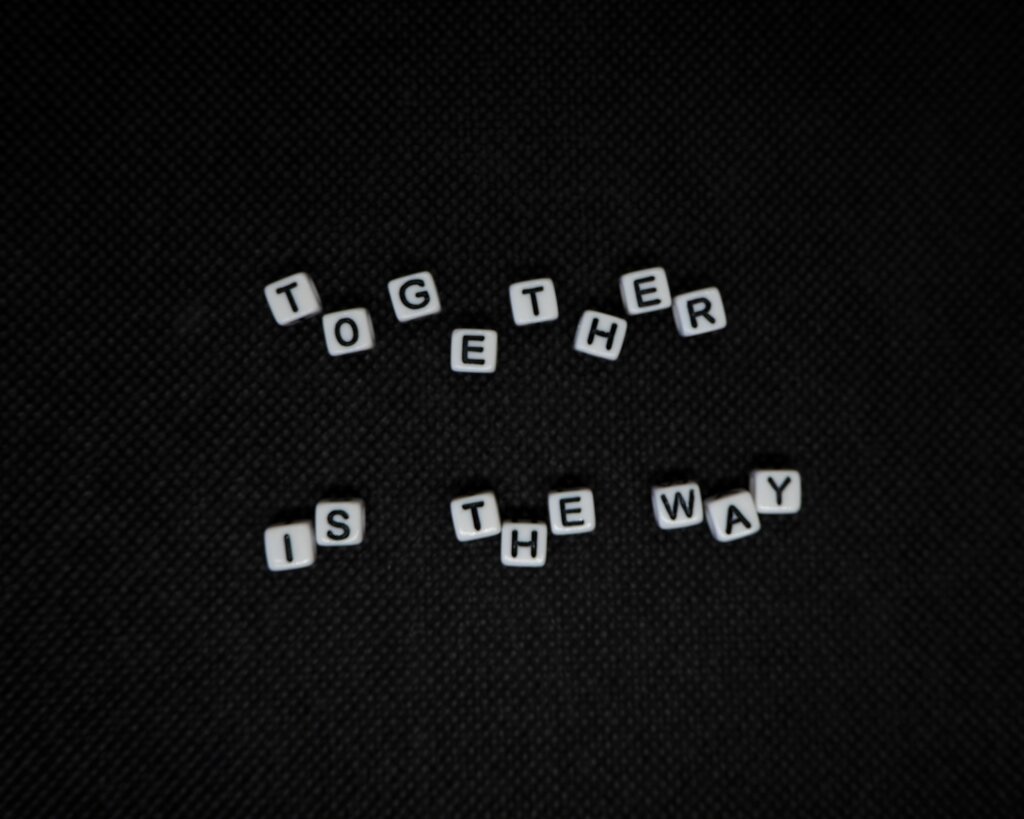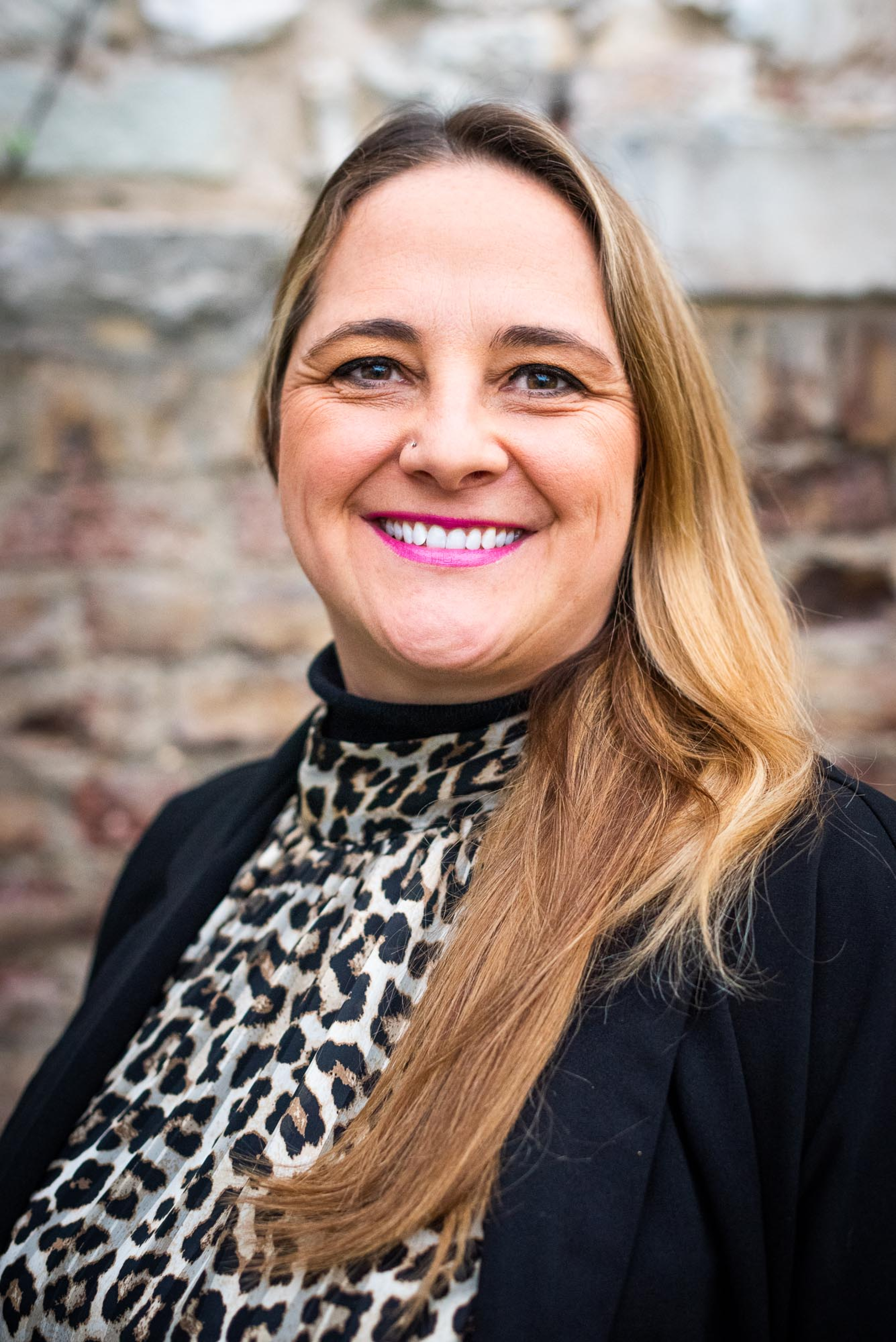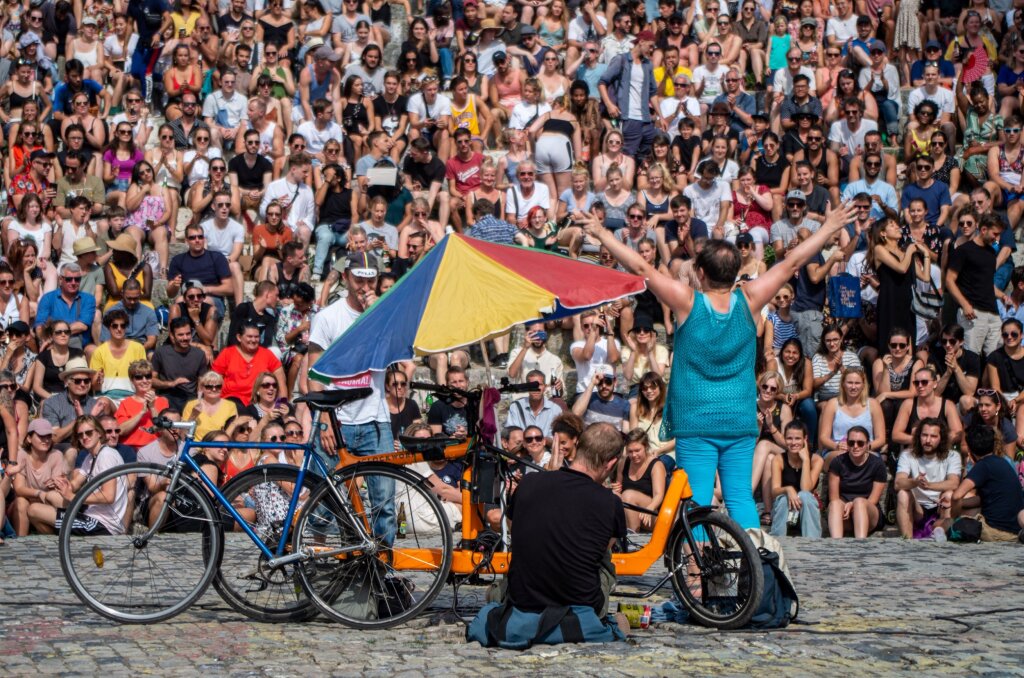Our schemas for both race and gender contain a rich array of knowledge, emotional reactions, and evaluations knit together into a structured whole.
Last week, a blueprint for dismantling the patriarchal structures that exist in fundraising was published by Rogare – The Fundraising Think Tank. The blueprint formed the second of a three phase ‘Gender Issues in Fundraising’ project - the first of which identified the issues – and included a paper which I wrote looking at the narratives that are needed to engage more men in the gender equality movement.
My contribution to the blueprint considered why we need men to help us break down the structures and systems that hinder our progress and how to provide them with the incentives and language to support women. In a longer version of my piece, I provide a more in-depth look at: framing theory; the role of men in gender equality; and how we bring the two together.
Now, in a series of blogs on the Agenda website, of which this is the first, I’ll take these three issues and pose some questions to consider as we move into Phrase 3 of the Rogare project, where we’ll test and adapt the blueprint.
Why should we focus our attention on how gender equality initiatives are framed?
An important first step in our journey is identifying the stereotypes and other frames that are currently being used within the fundraising sector, understand the impact of those (if they reinforce harmful prejudices, for example) and see if we can develop more effective messaging to inspire positive action by those who have the power to make a difference.
Text, visuals, stereotypes, metaphors and messengers all help us make sense of the world. How this information is presented – the framing of an issue – influences the way in which our brain interprets and highlights the information it is given, which in turn impacts what we think and how we feel about it.
The frames that have the most potential for influence are those which are “culturally congruent”, says Robert Entman, a professor of communications and expert in framing. They use words and images that people know and understand. The more salient the frame, the more likely it is to evoke similar and recognisable thoughts and feelings and therefore has a higher probability of being accepted and remembered, says Entman.
Furthermore, repeated use of these frames can create unhelpful stereotypes about individuals and groups, which are carried with them into both their personal and professional lives. The more someone recognises a stereotype – in that it fits with the frames they hold in their head (i.e. it is culturally congruent) – the more attention they will pay to it.
Gender and racial schema are particularly engaging for people
As I write in the Rogare paper, messages that draw on gender, and in particular gender and race at the same time, such as the “Angry Black Woman” stereotype, have potential to be particularly impactful. The reason for this is because both gender and race are frequently used within Western society to convey messages about an individual’s character and behaviour and our relationship to them.
“Both play important roles in structuring society, culture, and politics both today and throughout American (and human) history,” says Nicholas Winter in his book, Dangerous Frames: How Ideas About Race and Gender Shape Public Opinion. “Our schemas for both race and gender contain a rich array of knowledge, emotional reactions, and evaluations knit together into a structured whole.”
When a message is presented in a way that matches the structure of a gender and/or racial schema held by the recipient, they will then apply their thoughts and feelings about gender and race to that message.
When people have their gender and racial schemas deliberately primed or cognitively activated by communicators, they can be influenced to judge people in a particular way, be that favourably or not.
There are many different ways in which the patriarchy influences the way in which women and men are portrayed – from men being more agentic than women, to women being viewed as emotionally sensitive. As referenced above, women of colour are subject to particularly harmful stereotypes – a passionate white woman is enthusiastic, a passionate black woman is angry and aggressive.
Similarly, as we acknowledged in the main Rogare blueprint, dis/ability status, sexual orientation, gender expression, religion, national origin, class, age, and other intersectional identities compound the effects of gender disparity – and in the same way, they will also be stereotyped in varying ways.
These stereotypes perpetuate the idea that women do not have the right characteristics for high-status roles in the workplace, therefore contributing to women being overlooked for leadership roles.
At the same time, they can also be damaging for men, placing undue pressure on them to achieve financially and professionally, limiting their ability to participate fully in family life and making it harder for them to make choices that are best suited for their lives.
Stereotypes in the fundraising sector
Phase 3 of the Rogare ‘Gender Issues in Fundraising’ project will be an ongoing one – to continue identify how best to implement the blueprint, to adapt it or change it, and to keep this issue high on the fundraising profession’s collective radar.
A key part of this will be around finding narratives that will engage more men/male allies in the movement for change.
Given the role that stereotypes play in influencing our perceptions of women and men as leaders, some work is needed to identify how we present gender difference within fundraising.
Do we use negative and harmful stereotypes when we communicate about fundraisers and fundraising, where and why do we use them, and what can we do to change this?
I’m interested to know where and how stereotypes appear in fundraising - from the recruitment of fundraisers to the appeals and campaigns that fundraisers create and everything in between - to see if we can develop tools that charities can use to avoid repeating stereotypes that undermine women as leaders.
How you can help
Have you spotted unhelpful or harmful stereotypes used in fundraising communications that contribute to the perception that women (from across all intersectional identities) do not have the right characteristics for leadership roles?
If you have, could you please send me examples?
Equally, if you’re interested in joining our group of volunteers to explore how narrative and framing can help dismantle the patriarchy and bring more men in to the gender equality movement, we’d love to hear from you.
As with all Rogare projects, this is an open invitation to all genders, races, religious groups and other intersectional identities.





